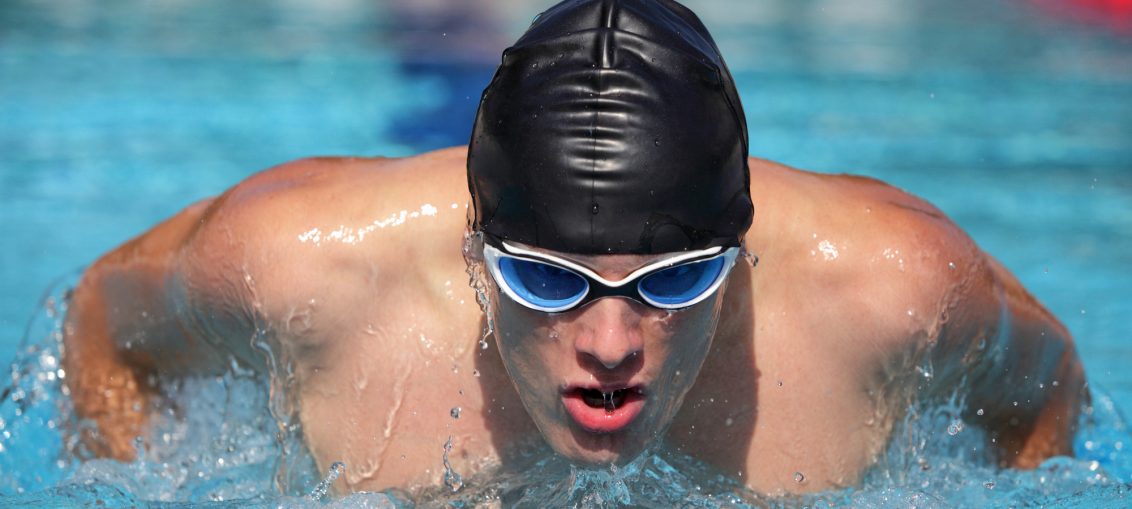
With participation in triathlons growing at a rapid rate, more people than ever before are interested in learning how to improve their race times and boost their overall stamina.
One of the most important parts of shaving down your time?
Focusing on your breathing, especially during the swimming section of a triathlon.
Swim breathing requires both mental and physical preparation, and it creates a solid foundation for running and biking, as well.
So, what are the best swim breathing techniques that you need to make your race better than ever?
Read on to find out.
1. Get A Mixing Bowl
We know this sounds like a joke. But, if you’re serious about improving your swim breathing and your endurance, hear us out.
Looking for a bowl that’s about two times the size of your face, and consider putting a small hand mirror at the bottom so that you can monitor yourself as you go along. Fill the bowl about 3/4 of the way full with warm water.
First, just identify the overall strength of your breath by placing the tip of your chin into the water. Breathe in through your mouth, then slowly exhale through your nose and mouth.
See how your exhalation causes the water to ripple. Do this for about a minute.
Then, grab a pair of goggles and put your face in the water with your mouth open. Do not exhale. This will help you to understand how air pressure prevents water from fully filling with water. Slowly, lift up your face out of the bowl, and inhale.
Now, you’re ready to try what’s referred to as a more “rhythmic” breathing pattern.
With your face back in the water bowl, breathe out of your nose for a count of five. Then, lift your head out of the water and inhale for two counts. Then, repeat the pattern for two or three minutes.
2. Improve Your Focus
Improving your overall swim breathing is just as much of a mental exercise as it is a physical one.
Remember that you need to actually visualize the air that’s going into your lungs. For some people, saying the phrases “breathe in” and ” breathe out” helps them to better envision their lungs expanding and contracting.
Also, focus on creating an even rhythm with your breathing. Instead of gulping and gasping for air, remember that you know exactly when your next breath is coming.
So, there’s no reason to take a sharp breath in when you lift your head out of the water. Instead, focus on sipping the air.
Above all, focus on exhaling as you continue to push your body through the water.
Far too many swimmers end up accidentally holding their breaths underwater while they swim.
This won’t just make you uncomfortable — it will also add more time onto your race. This is because carbon dioxide builds up in your lungs, making you feel like you’re running out of air.
Remember, think “breathe in, breathe out” and establish a pattern of breath that works for you.
3. Try Bilateral Breathing
Another one of the most effective tips you can use to improve your swim breathing?
Embrace what’s called “bilateral breathing.”
In a nutshell, this means that you’re going to take your breaths underneath both your left and your right arms, alternating sides with each breath that you take.
While you might have heard that sticking to breathing on one side of your body can improve your time, that’s actually only true if you’re swimming short distances.
If you’re competing in a triathlon, where you’ll need to swim at a greater distance, then bilateral breathing will help to improve your overall stamina. Plus, it will also help you to keep swimming in a straight line, and will keep you balanced.
Additionally, especially in a triathlon, where you’ll be competing alongside others, you’ll be able to get a better visual of what’s happening around you. Preventing collisions with other swimmers is always a smart idea!
4. Experiment With Yoga Breathing
One final way you can improve your swim breathing?
By making yogic breathing a part of your overall routine.
Remember, it’s how you practice breathing when you’re both in and outside of the water that can make all of the difference.
This is slightly different from rhythmic breathing, because it’s goal is to get you to extend the overall length of your exhalation.
To begin, take a quick breath in for one count. Then, exhale on two counts. Then, slowly increase by one count each time, with the exhalation always remaining one count longer than the inhalation.
Once you’ve mastered this on land, also try it in the water. Keep in mind that if you’re going to practice bilateral breathing in addition to yogic breathing, you’ll need to exhale for at least four counts.
Improve Your Swim Breathing With These Tips
We hope that this post has helped you to understand the many different methods that you can use to improve your swim breathing techniques.
Don’t be surprised if, especially after a couple of weeks of practice, you see your overall triathlon time improve as well!
Of course, getting your breathing on track is just one small component of the many things you’ll need to focus your attention on in order to properly train for a triathlon.
Looking for more tips on how to finish your race faster than ever before? Need advice about the right diet and exercise routines that can make you stronger and boost your metabolism?
We’ve got you covered.
Spend some time on our website and blog to access the latest news in triathlon training.
